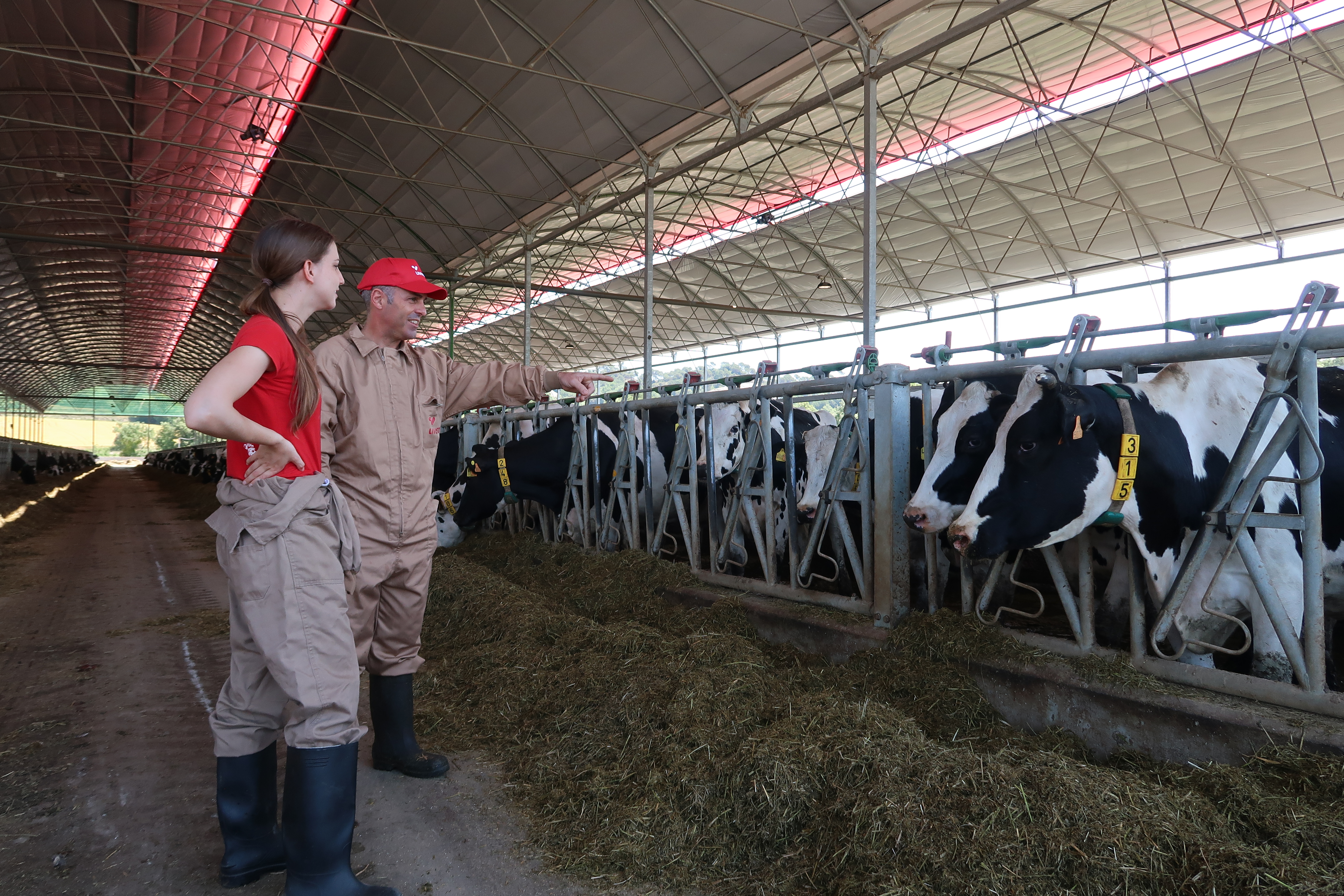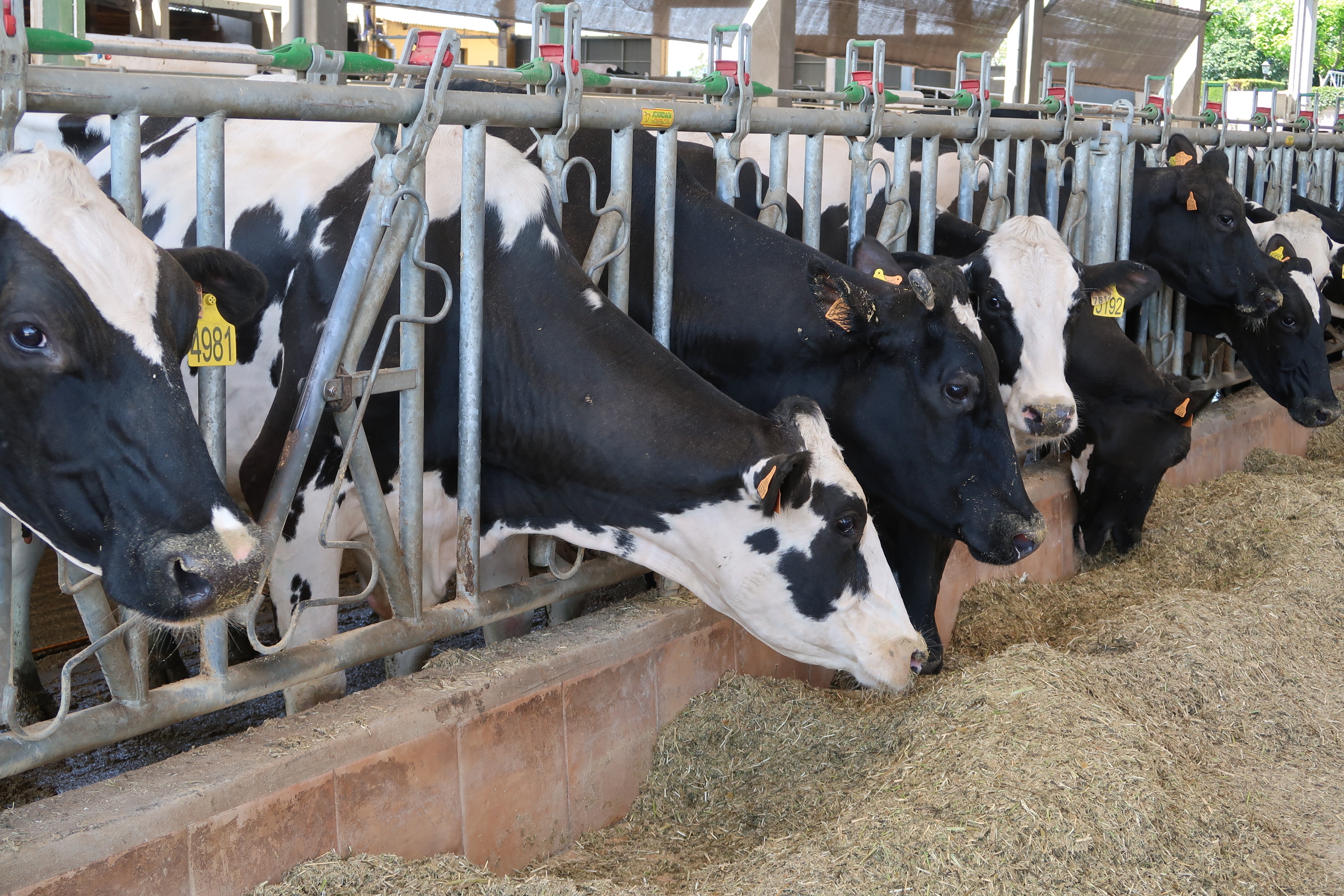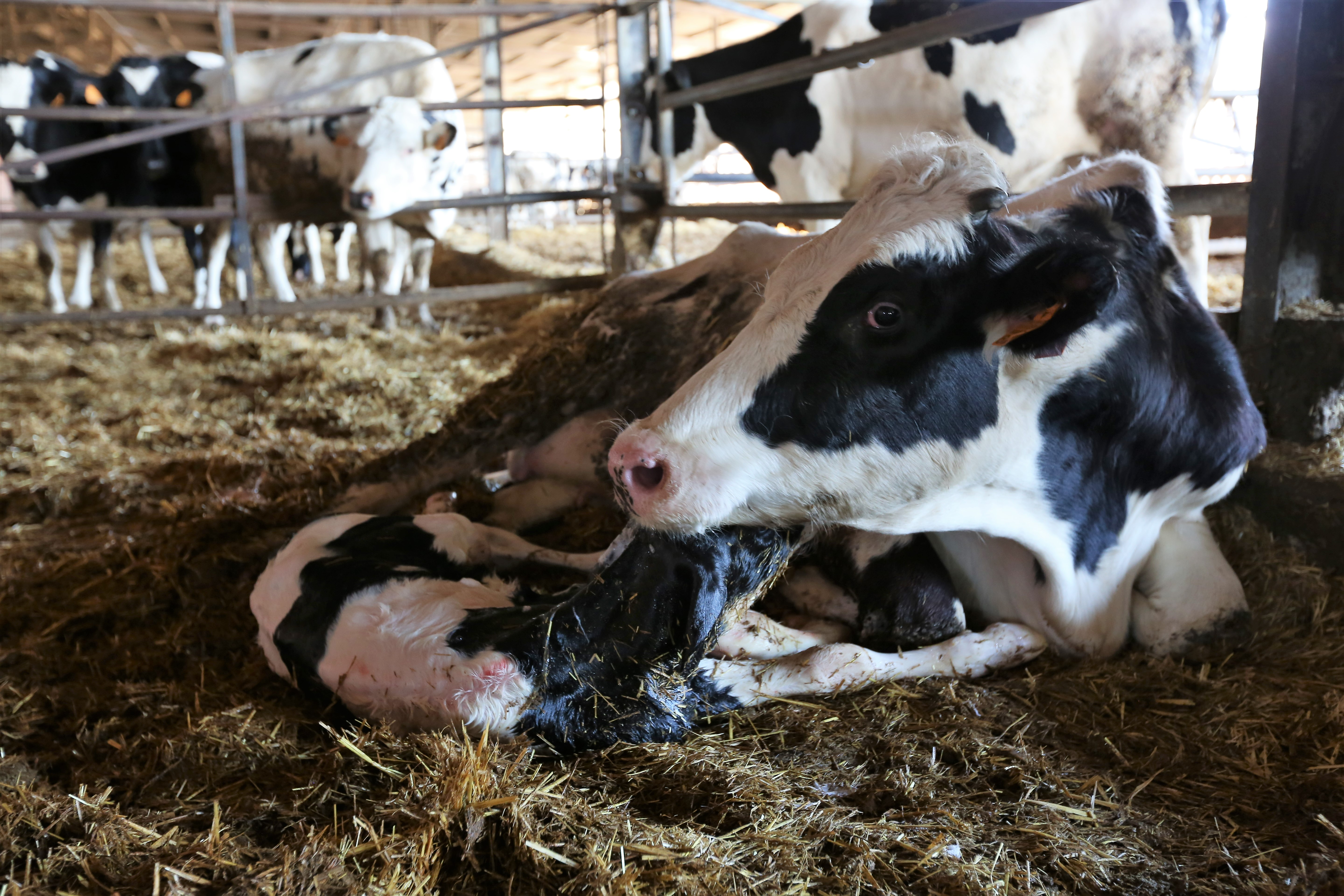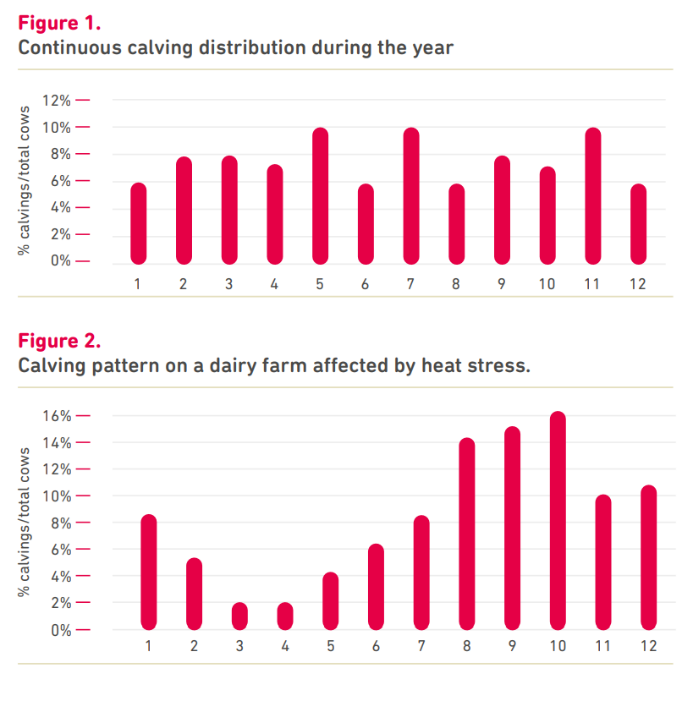THE 10 KEYS TO UNDERSTANDING REPRODUCTION ON A DAIRY FARM
by Daniel Ponté, DVM
Bovine reproduction specialist.
The dairy sector is dynamic and changing. Today, those who do not control the efficiency of their dairy farm will struggle to survive.
Nowadays, it is not so much the size of dairy farms that is important as their efficiency. In Europe there are large dairy farms as well as medium-sized family dairy farms that support the local market. Either way, it is necessary to run the business efficiently and reproduction management is one of the keys to success.
As veterinarians responsible for dairy farms, we have to support the farmer on his path to survival, which can only be achieved through efficiency.
Another obvious key point on a dairy farm is that apart from needing maximum welfare, good nutrition and health, cows need to calve continuously and at the appropriate time, therefore good reproductive management is needed.
For all these reasons, here are 10 keys or Key Performance Indicators (KPIs) that should reflect the correct reproductive strategy of a dairy farm.
1. Percentage of cows calving monthly: In countries where heat stress is not a problem, a good indicator would be a continuous calving percentage all year round, i.e., 8% of the animals (100/12) would have to calve each month. Following the same rule and taking into account a dry period of approximately 60 days, we would need to have 16% dry cows.
This can only be achieved with a proper calving interval, but we assume that almost 85-90% of the cows will calve throughout the year.
The distribution of calving tells us what has happened in the last year. It is a retrospective index. Figure 1 shows a dairy farm with continuous calving throughout the year and Figure 2 shows the typical calving pattern of a dairy farm affected by heat stress.
2. All current trends suggest that the calving interval should be 12 months, but based on actual practice, this is a very difficult parameter to achieve, therefore there will be animals with much longer calving intervals. If the interval is much longer, it will be worth analysing the possible causes. Again, this retrospective index gives us information for the last 12 months. And once established it is very difficult to change it, as it has a lag period of one year.
3. If we intend to keep the calving interval below 14 months, the cows will have to become pregnant at least 9 months earlier. Therefore, the calving to conception interval has to be between 90-150 DIM (days in milk), where 90 DIM will only be used for cows that conceive at the first insemination and 150 DIM will be for repeat breeders. Therefore, a good outcome would be to stay close to 120 DIM throughout the year, without straying too far from it. This parameter is more dynamic, can have a monthly variation, and marks the trend in the number of pregnant cows on the dairy farm (Figure 3).

4. Interval between artificial inseminations (AI) between 28-35 days (21/28 = 75%, 21/35 = 60%), that is, an oestrus detection of between 60-75%. Three closely interrelated factors affect this parameter, including:
- Oestrus detection system (pedometers, visual observation, etc.)
- Frequency of pregnancy diagnosis sessions (recommended every 7-14 days depending on the size of the dairy farm)
- Proper use of hormones.
Once the cow has been inseminated, we have to try to detect oestrus at 21 days with any of the usual methods, either by pedometers or by visual observation. But once the cow is established as non-pregnant, you must act quickly with synchronisation protocols so as not to waste more time or money. The increase in open days ends up costing more than the cost of hormonal treatments. This index is very interesting because it gives us information on what has happened in the last month.




5. One of the most obvious parameters is good fertility. Fertility is the ability of cows to become pregnant at the time of AI. To achieve this, we have to be very precise. And for this we would need to achieve an overall conception rate of at least 35%.
In countries with heat stress, we could assume levels of 32%, but it is important that the fertility at the first insemination does not drop below 38-42%.
This is the most studied index, and different subtypes are usually analysed:
- Conception rate per AI number
- Conception rate per lactation
- Conception rate per bull
- Conception rate per month
- Conception rate per protocol
In short, it is a very useful tool for decision-making and for making changes in the reproductive strategy. In the end, fertility is the end result of the entire management of the cow (either at a nutritional or reproductive level). Figure 4 shows the trends in fertility on a dairy farm over the last 14 years.

6. One parameter that we obtain from fertility is the pregnancy rate (PR), which should be> 20% (70% submission rate x 30% fertility = 21% PR). This index combines the accuracy of heat detection and the success of the inseminations. It is very useful to know what has been happening on a dairy farm in the immediate past. There are two possible scenarios, good detection with the presence of fertility problems or poor detection with good fertility. In either case, it is important to optimise oestrus detection and maximise fertility.
7. Ratio of heifers to adult cows: leaving aside the problems of neonatal pathologies, we should have at least 68-74% of heifers compared to adult cows. Therefore, we assume a maximum of 20% mortality from birth to calving. This index is difficult to modulate since it has a very long gap. The information is a reflection of what has happened in the last two years.
8. Age of the heifers at the first AI. There is much controversy about the timing of this, but it ranges from 12 to 15 months of age. It will depend on the weight and height of the animals. It is understood that AI can begin from 135 cm in height at the withers and between 400-450kg.
Figure 5 shows the trends on a dairy farm over 9 years with a marked seasonality.

Data monitoring allows us to do two things: first, to know how the farm is progressing and second to anticipate events. Reproduction management is one of the most important aspects of a dairy farm and has a direct impact on its profitability.
In this article we have examined some of the most relevant points when analysing the conditions of a dairy farm, but if we really want to detect a specific problem, we will have to assess many other aspects of reproduction in greater depth.
DATA MONITORING ALLOWS US TO KNOW HOW THE FARM IS PROGRESSING AND TO ANTICIPATE EVENTS
9. Heifers should calve before 24 months, although it depends on the type of breed. It is important not to breed more than 10% of heifers older than 24 months. Depending on the effectiveness of reproduction, the normal age at calving will be between 22-24 months of age.
10. The difference from adult animals is due to the high fertility of heifers versus cows. Heifers should have an overall conception rate of over 60%, with a conception rate of 65% at the first AI. Therefore, the PR of heifers has to be kept at around 40% (65% oestrus detection x 60% fertility = 40% approx.).
